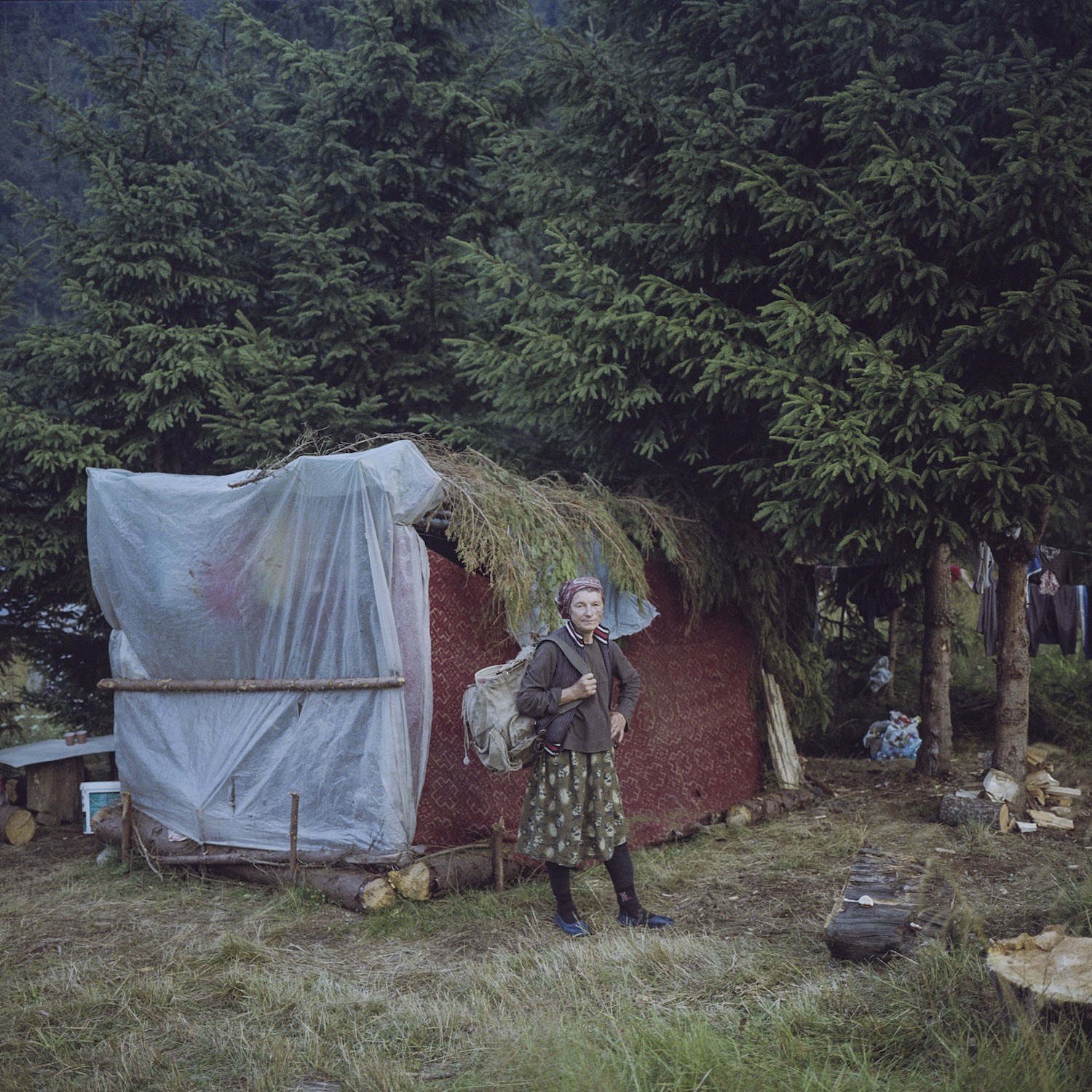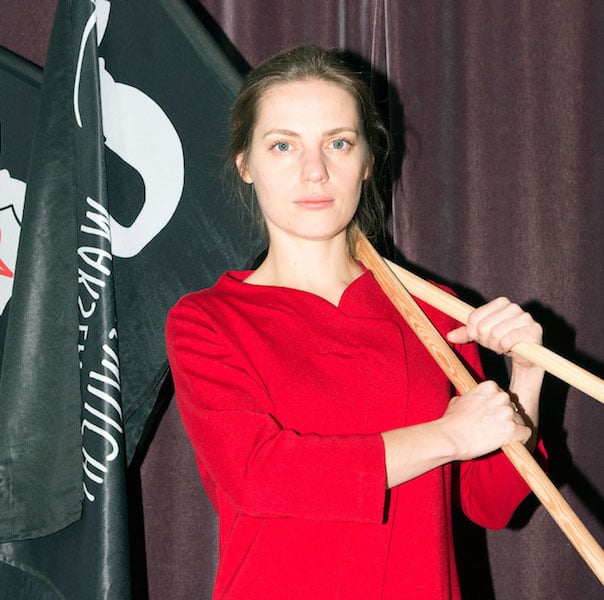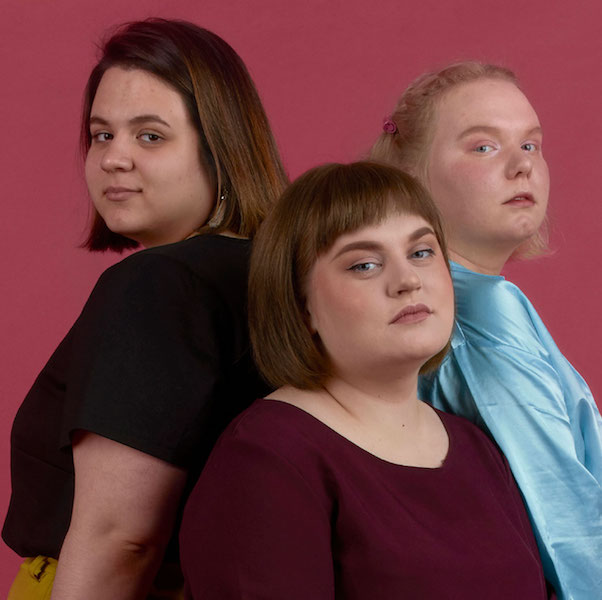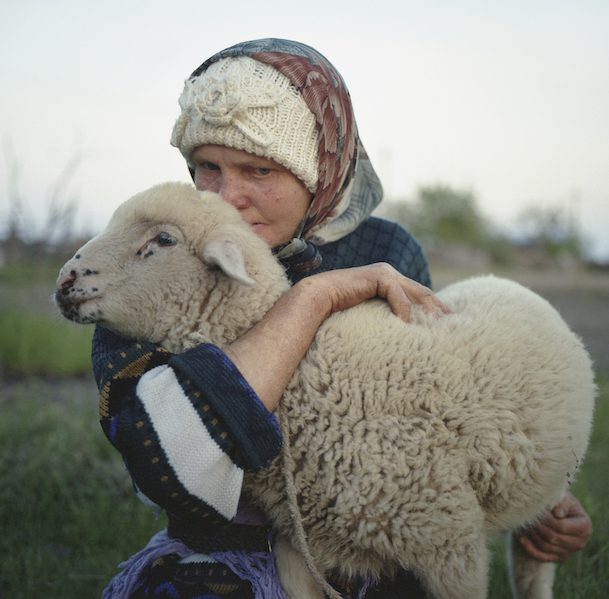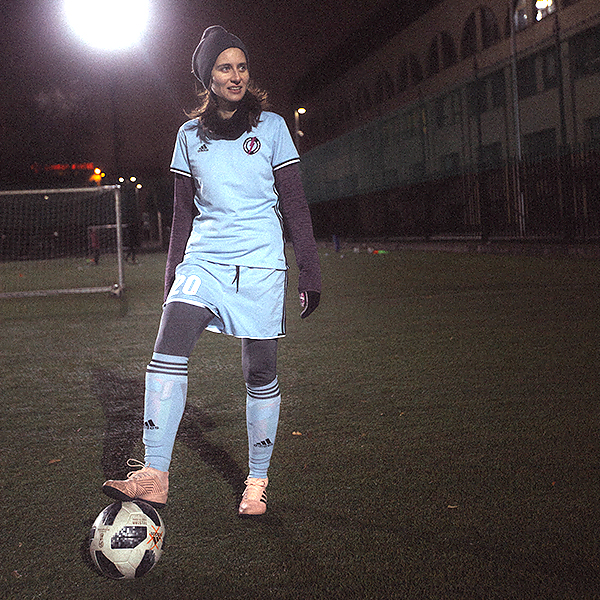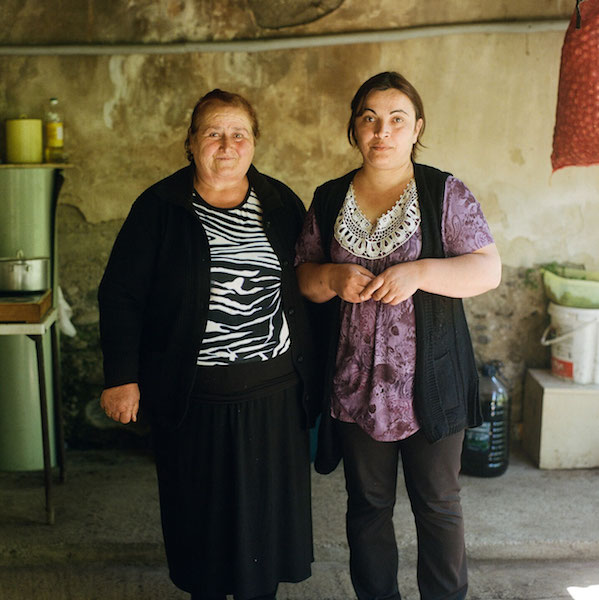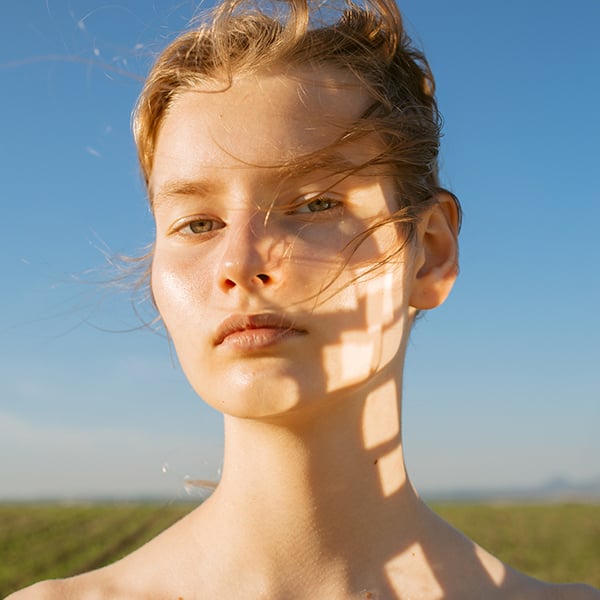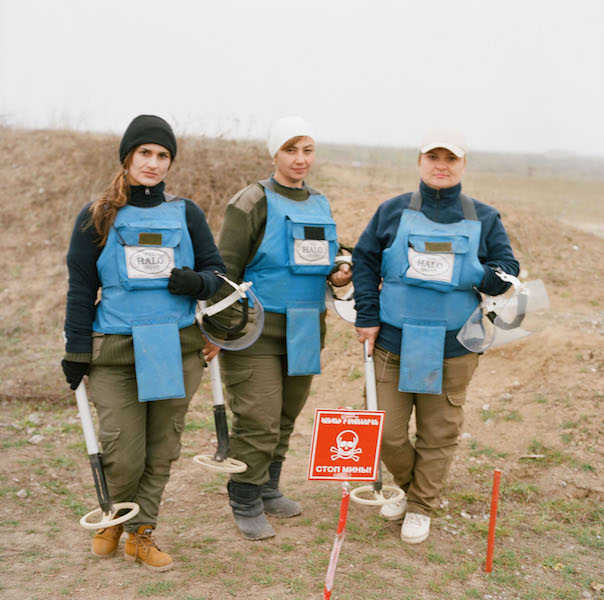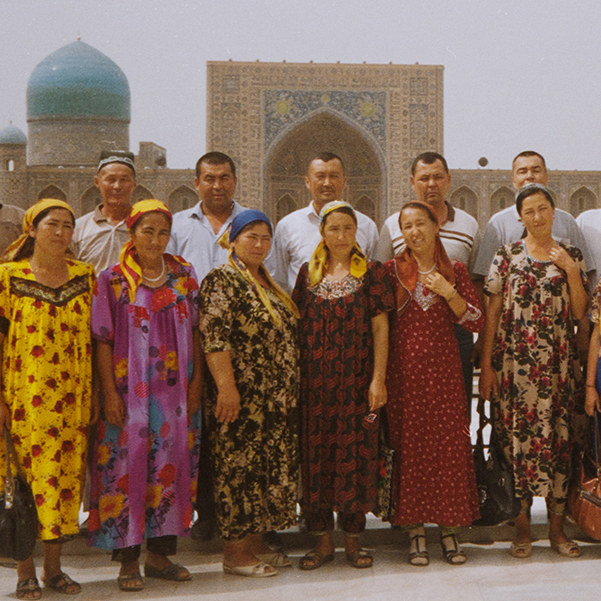On the course of her photographic career, Ioana Cîrlig has documented the many faces of contemporary Romania. She focuses on remote communities that might otherwise remain invisible: her book Post Industrial Stories portrays the life of the country’s mono-towns after their mines and factories have closed. Cîrlig’s ongoing series Zâne takes the viewer even deeper into the Romanian landscape — into mountains and woods seemingly untouched by modernity, revealing the rich history and connection to the wilderness of the communities who live there. In delving into these spaces, it produces a nuanced portrait of a Romanian female identity that is both traditional and contemporary.
Cîrlig started shooting the project in 2015, travelling to different parts of the country: the Danube Delta in the south-east, Maramureș and Oaș in northern Transylvania, the Apuseni and Hunedoara national parks. The title of the project is an oblique reference to womanhood and its metaphorical connotations — it derives from the name of a mythological creature in Romanian folklore: “usually a female character, beautiful and kind, with magical powers and the gift of immortality.”
Cîrlig set out to explore the intangible feeling of a connection with nature — something that acquires an almost magical quality for those accustomed to urban life. “I grew up in a city. From my window I could see other tall apartment buildings and a factory,” she reasons. “My connection with nature was established in a city park, so if I am alone in a forest, I get anxious. I am fascinated by people who live this close to nature: they seem sort of superhuman to me. Bears and wolves are part of their environment, and they negotiate with them over resources. People are vulnerable and thoughtful towards their environment, and there’s a mutual respect that maintains the balance between man and nature.”
This vulnerability produces its own social contract. Cîrlig soon realised the different rhythms and priorities of the rural way of life, and the central role played by women in such a practically-minded setting. “Remote villages in the mountains are sparsely populated. The people who live there work the land. They get a small stipend from the state, for their land and their animals.” Her portrayal of Romania is subtle and nuanced: she pays attention to interiors and landscapes, to the way both light and flora change over the seasons. Her main interest, however, is people and their peculiar lifestyles. Exploring the life of women in this context was particularly important.
“A woman’s lifestyle in these communities is traditional,” she says. “They are hardworking and churchgoing. They get married and have babies — it’s all set up in a certain way. Things are changing now in the traditional villages, as more and more people migrate to Western Europe: the houses are getting bigger and the cars are getting nicer. But the core values, when people return home, seem to remain the same.”
“Usually men and women share the manual labour, but women also do the cooking and housework and take care of the children. Men traditionally do the tougher jobs, although I have met quite a few strong women who do it all: cut firewood, build fences, cut and rake the hay, build haystacks,” she continues. “Also, in the most remote communities, there would usually be a woman who would act as the unofficial doctor: she would know the blend of plants to cure most common diseases, she would know how to set a broken bone, and she would know how to deliver babies.”
In its portrayal of women, Zâne reveals itself to be an incredibly multi-layered work. It probes Romanian traditions and mythology, and women’s place within them, while serving as a testament to the real-life stories of the women holding these communities together today.
Text: Anastasiia Fedorova
Image: Ioana Cîrlig


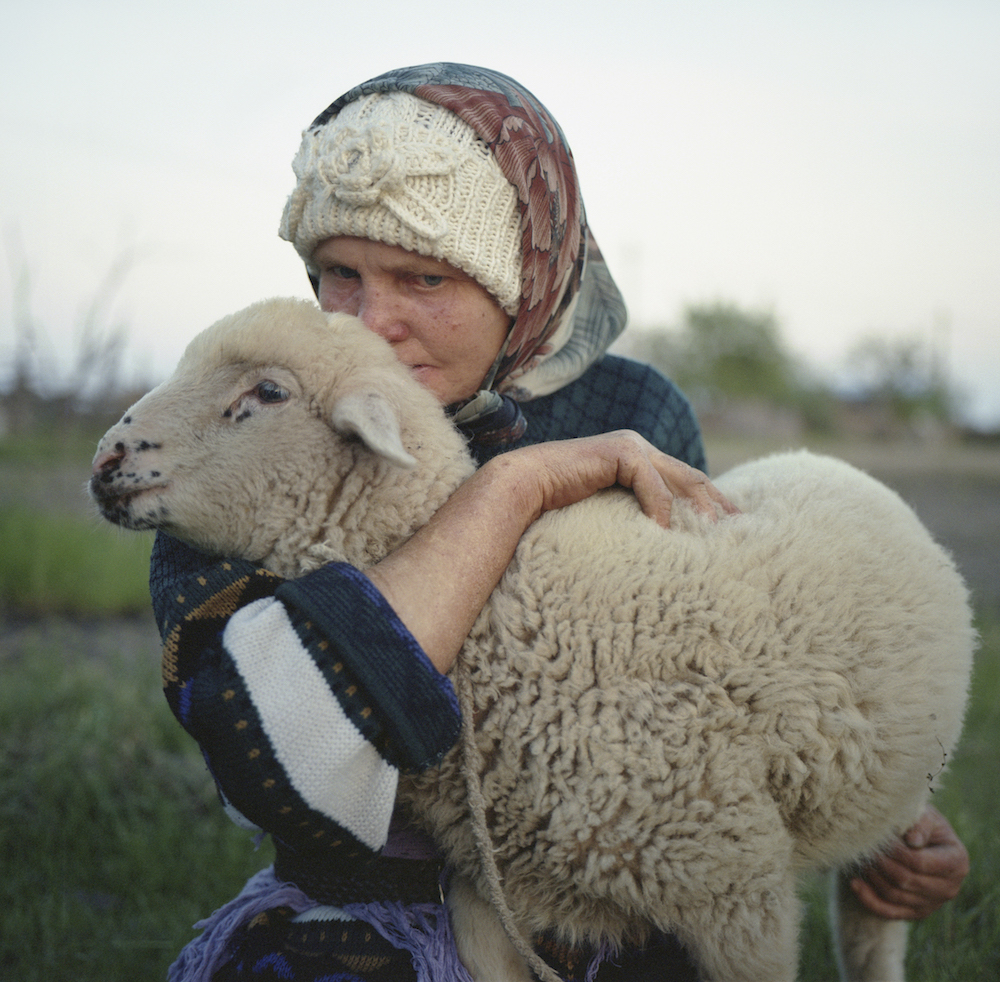
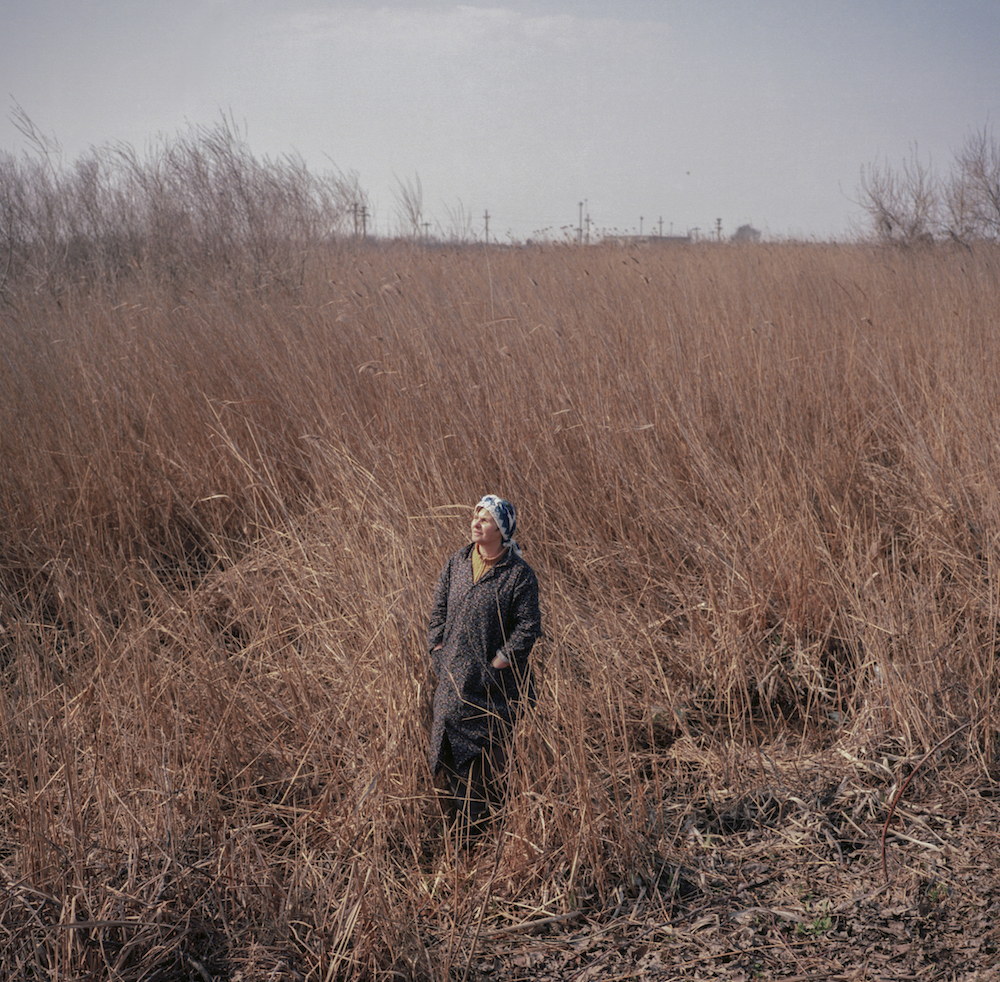
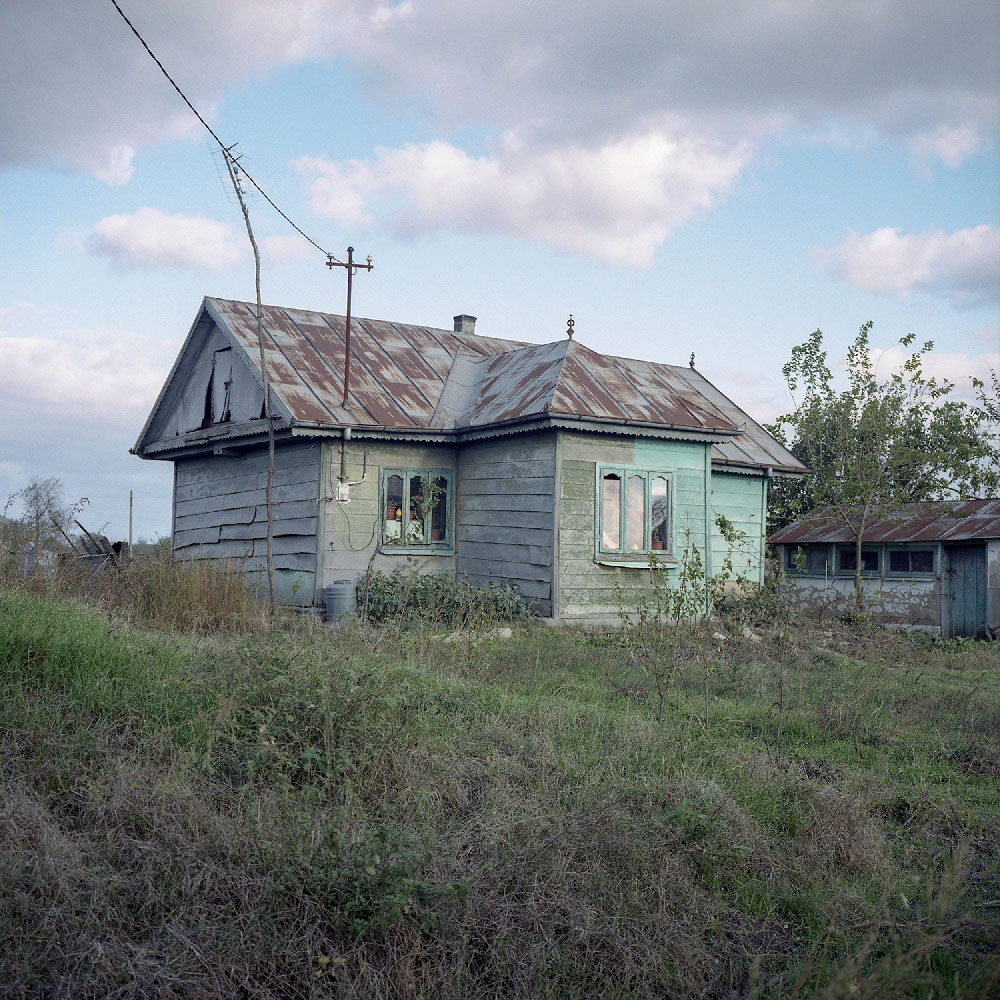

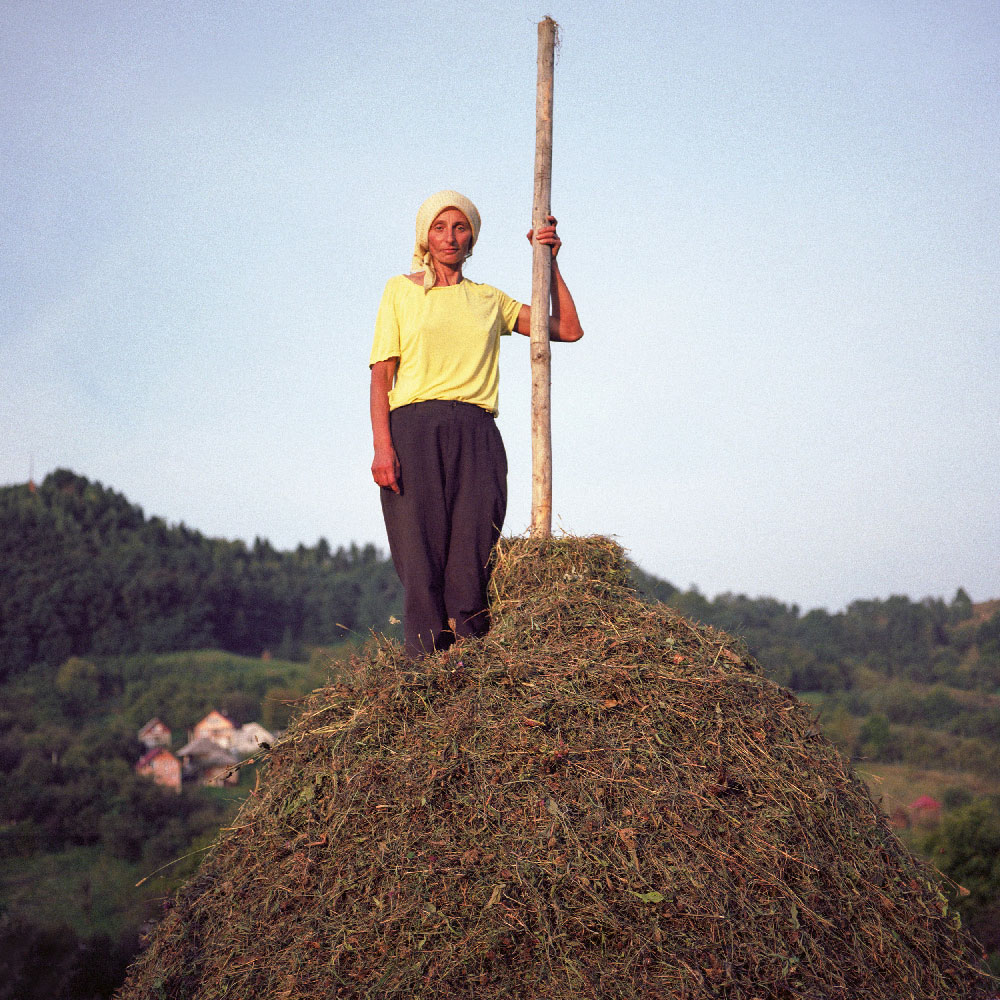
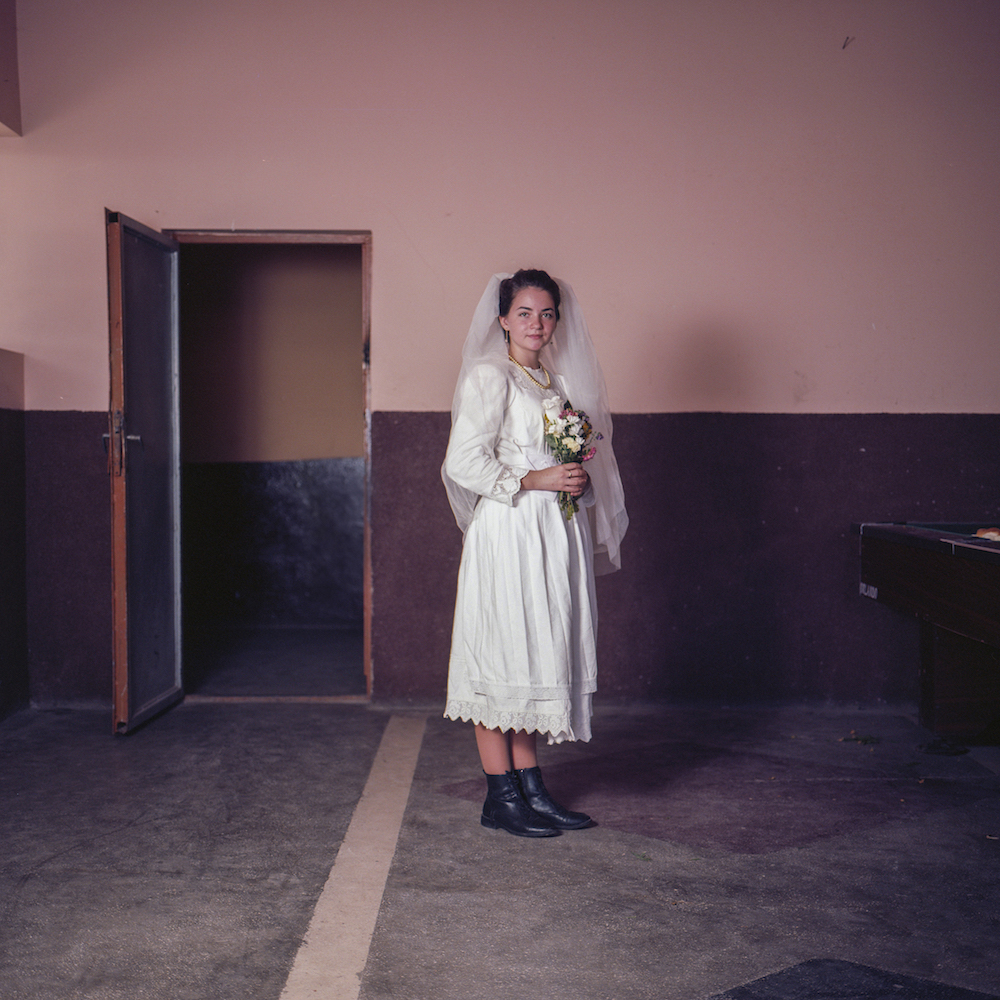
_copy.jpg)
.jpg)

